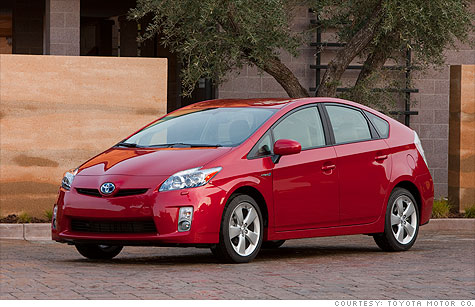
It gets controls for the audio and calls, the buttons for which feel tactile. The steering wheel is borrowed from the Swift. However, the A-pillar is too thick, so, you will have to be careful while turning at junctions. The view from the driver’s seat is nice since one tends to sit higher in the Celerio. Also, the integrated headrests don’t support the neck, especially if you are a tall person. There’s adequate support for short trips, but we would have liked slightly more bolstering for the lower back and under thigh for the longer journeys. Coupled with the rake adjustable steering, and we could get into comfortable driving position relatively easily. The driver’s seat on the top-spec ZXi (O) variant gets a healthy range for adjusting reach as well as height. We believe the Celerio scores very high in terms of ergonomics everything falls to hand very easily and is in just the right spot. However, compared to its immediate rivals such as the Tiago or the Grand i10, the quality does seem a notch lower. The build quality of interiors has definitely gone up compared to older Marutis. The dual tone beige and black combination is pleasant and dull silver accents strewn across the centre console look nice and classy. Step inside the cabin and a familiar Maruti layout welcomes you. We only wish the build quality was slightly better. The proportions are spot on for the city too. There isn’t a wow factor, nor is it categorically boring. The design is definitely neutral on the Celerio. The rear seat gets a 60:40 split for additional luggage, and can be folded away all together to liberate 510-litres of space. The boot space is a healthy 235-litres, which, although less than the Grand i10’s 256-litre boot, is significantly bigger than the Chevrolet Beat’s 170-litre storage space. The top-spec trim gets a rear defogger and rear wash wipe as well.

The almond-shaped tail lamps remind us of the Alto 800 at first glance. The rear is clean and simple, with the exhaust tucked away neatly under the bumper. The blacked out B-pillars, indicators on the ORVM and the 14-inch wheels all do their bit in adding a dab of premiumness to the hatch. The silhouette is typically Maruti, featuring just a dominant character line running along the length of the car and flowing into the wrap around tail lamps. The subtle creases on the bonnet and the front bumper lend it a bit of aggression. The large chrome grille flows into the droopy headlamps. The hatchback gets plenty of curves and creases that complement its compact proportions really well. Wheels are pushed all the way out to the extremes, liberating more space for the passenger cell. The way Maruti has packaged the car needs special mention.
#Car jerks forward when braking full
In spite of the Grand i10 being a full 40mm longer than the Maruti, the Celerio has the exact same wheelbase. Design elements are majorly subdued and conservative, and in no way are groundbreaking. The styling on the Celerio follows a design theme that Maruti calls ‘CICO’ (Curve in, Curve out).


 0 kommentar(er)
0 kommentar(er)
